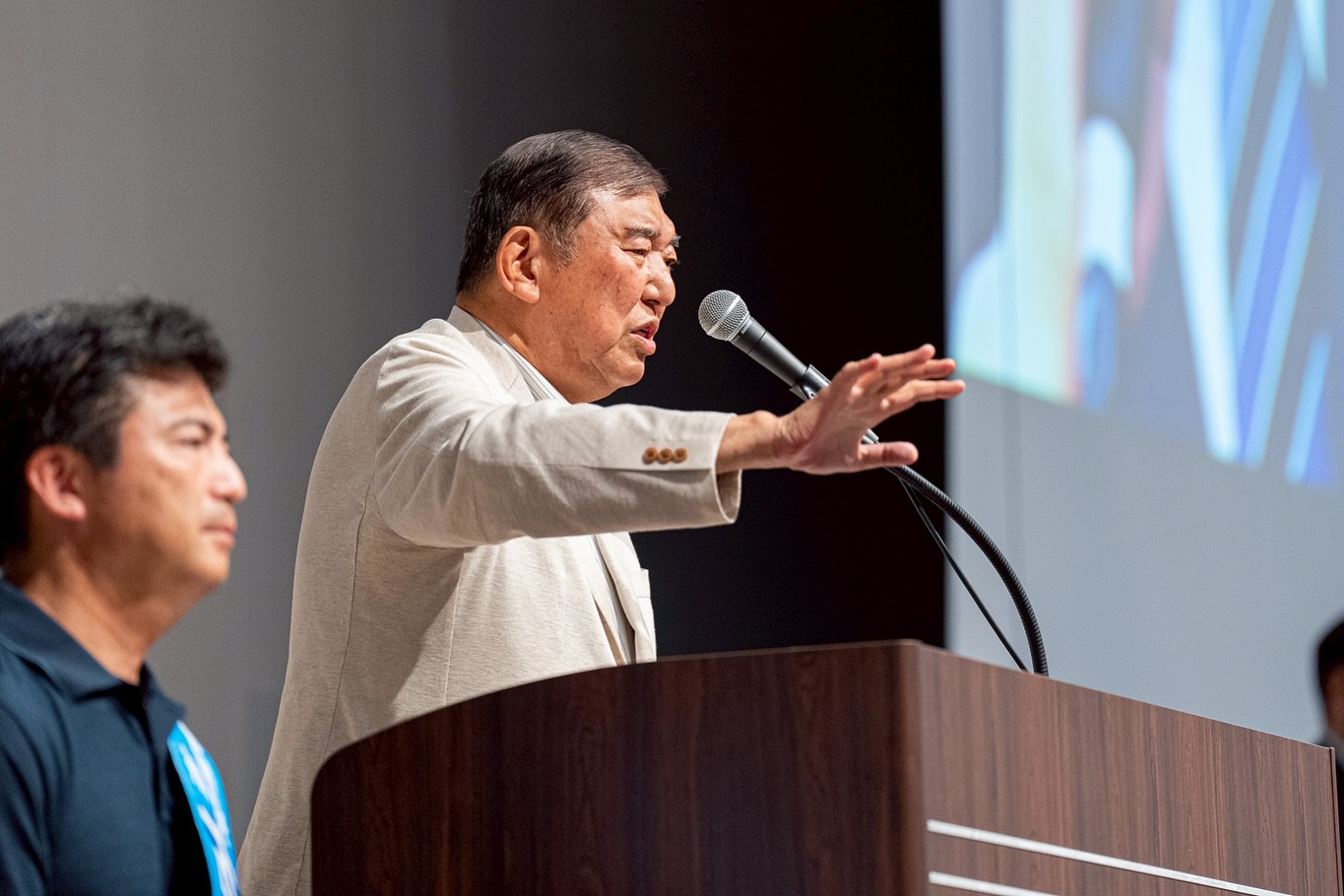
Japanese PM Shigeru Ishiba’s plan to boost nuclear power share likely to proceed despite upper house election setback. (Photo: Shigeru Ishiba's Facebook)
Prime Minister Shigeru Ishiba’s ruling coalition suffered a defeat in the recent national election, losing its majority in the upper house. However, with broad cross-party support for nuclear energy, Japan’s direction toward nuclear revival is unlikely to change.
Kansai Electric Power has also reportedly expressed interest in constructing a new nuclear reactor, a project that, if approved, would mark the first new build since the Fukushima disaster and signal a major step in Japan’s return to nuclear power.
Japan’s pro-nuclear path stays on track
Japan’s upper house election results were released on July 20. The Liberal Democratic Party (LDP) and its coalition partner Komeito secured only 47 seats, falling short of a majority. Despite internal calls for his resignation, Ishiba has vowed to remain in office, and Japan’s pro-nuclear trajectory appears likely to continue.
The ruling alliance has already made clear its support for restarting nuclear plants deemed safe and is promoting the use of newer, safer reactor technologies. Notably, many opposition parties share this position.
Center-right groups like the Democratic Party for the People and the Japan Innovation Party support restarting reactors or replacing aging ones. The rising Sanseito party also advocates for next-generation technologies such as small modular reactors (SMRs) and nuclear fusion.
By contrast, the largest opposition party, the Constitutional Democratic Party, calls for phasing out nuclear energy and opposes building new reactors, allowing restarts only with local community consent. The Japanese Communist Party and Reiwa Shinsengumi also hold anti-nuclear stances.
Under Ishiba’s administration, Japan has made a major shift in its energy policy. In February, the cabinet approved a new Basic Energy Plan that removed previous commitments to “minimize reliance on nuclear energy.” The new plan calls for increasing nuclear’s share from 8.5% today to 20% by 2040, alongside more renewable energy.
Read more: Japan expands nuclear power use in new draft energy plan
Kansai Electric’s new reactor may mark turning point
With the government’s clear backing of nuclear energy, utilities are beginning to act. Nikkei reported that Kansai Electric Power plans to launch geological surveys in western Japan to prepare for building or upgrading a reactor at its Mihama facility. If approved, this would be the first new reactor project since the 2011 Fukushima disaster.
%20(1)%20(1).jpg)
Kansai Electric Power's Mihama Nuclear Power Plant in Fukui prefecture. (Photo: Wikimedia Commons)
Of the three units at the Mihama plant, only Unit 3 remains in operation; the other two are being decommissioned. Other utilities are also showing interest—Kyushu Electric is reportedly considering new reactor construction as well.
According to government data, by 2040, 15 reactors in Japan will have operated for over 50 years, well beyond the original 40-year life expectancy.
The Financial Times notes that Japan’s renewed openness to nuclear power is largely driven by external pressures, particularly the energy price shocks caused by Russia’s invasion of Ukraine. As a fossil fuel–importing nation, Japan was especially vulnerable to spiking LNG prices.
Additionally, rising electricity demand from AI-driven data centers is challenging earlier assumptions that power needs would decline in tandem with population shrinkage.
Kazuto Suzuki, public policy professor at the University of Tokyo, observed that there is a growing consensus across political lines that nuclear power is ultimately necessary. He added that investing in SMRs could be a necessary bet, especially as government policy is providing strong momentum, though public understanding remains limited.
Source: Nikkei Asia(1), (2), Financial Times
.jpg)


